Baby Steps Procedures
Intrauterine Insemination (IUI)
Procedure – Also known as artificial insemination, IUI involves washing of the sample semen to remove the debris, pus cells & bacteria, filtering the healthy sperm. Bypassing the cervix, the prepared sperms are directly placed into the uterus, closer to the fallopian tubes in a painless, easy OPD procedure that requires no sedation. It increases the chances of pregnancy as the semen quality is improved by washing, the quality and number of eggs are improved by medicine and the timing of insemination is set with the ovulation.
Ideal for – This method is ideal for couples whose infertility problem is unexplained and ambiguous or when the male partner has a low sperm count, poor motility and problems in ejaculating.
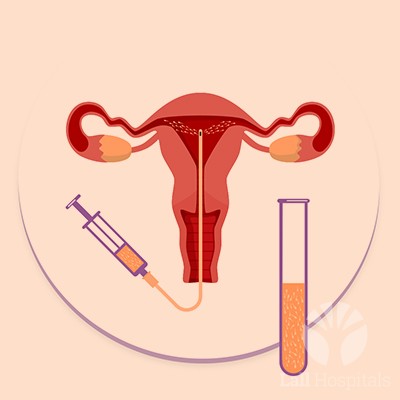
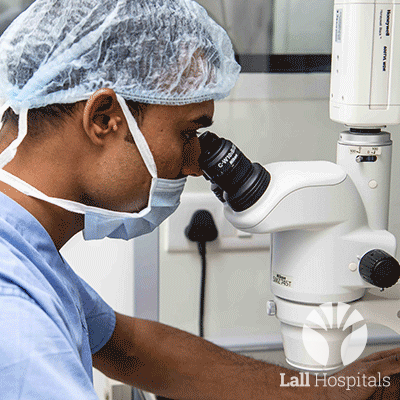
In-vitro Fertilisation (IVF)
Procedure – IVF literally means ‘fertilisation in glass’ and is more simply explained as ‘test tube baby’ wherein the fertilisation of eggs occurs outside of the female body, in a petri dish. Multiple eggs are removed from the patient’s ovaries while sperms are collected from the male partner. The collected eggs and sperms are then made to fertilise in the laboratory after which the fertilised eggs (embryos) are implanted in the patient’s uterus to make her conceive.
Ideal for: This method is beneficial when the fallopian tubes of the patient are blocked, the patient is above the age of 40 or when other modes of treatment like IUI have failed.
Intracytoplasmic Sperm Injection (ICSI)
Procedure – In a normal IVF many sperms are placed together with an egg in the hope that a sperm would enter and fertilise the egg, while in ICSI, a single sperm is directly injected into the egg to fertilise it. Post fertilisation, the fertilised egg (embryo) is transferred into the patient’s uterus.
Ideal for – ICSI is used in cases of severe male infertility including very low sperm count, poor sperm movement and abnormally shaped sperm.
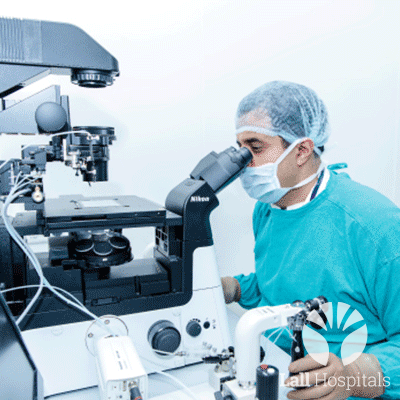
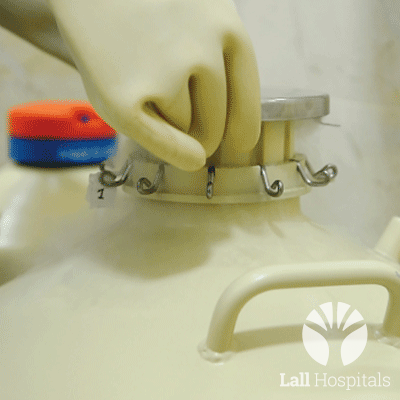
Cryopreservation
Procedure – A technique in which sperms, eggs and embryos are frozen at a sub-zero temperature for preservation and then thawed at optimal temperatures for later use.
- Sperm Cryopreservation – A procedure to preserve sperm cells indefinitely using a flash-freezing process known as vitrification.
Ideal for – This is ideal for patients looking to donate their sperms, undergoing vasectomy or cancer treatments that might adversely affect fertility.
- Oocytes (eggs) Cryopreservation – A procedure to preserve oocytes wherein the eggs are frozen within few hours of collection and later thawed, fertilised with the partner’s sperms and the resultant embryo is implanted in the patient’s uterus.
Ideal for – This is ideal for patients looking to postpone their pregnancy, donate their eggs or undergoing cancer treatments that might adversely affect fertility.
- Embryo Cryopreservation –This procedure involves preserving healthy embryos that may have been leftover during treatments like IVF and ICSI. During such treatments, the best embryos are transferred to the patient’s uterus while the rest can be preserved for future use through cryopreservation.
Ideal for – This procedure is ideal for patients who have failed to conceive during the previous IVF treatment or those who wish to expand their families without going through the complete IVF cycle. Spare embryos may also be used for embryo donation.
Frozen Embryo Transfer
Procedure – A frozen embryo transfer (FET) is a procedure in which the frozen embryos from a previous fresh IVF are thawed and then transferred back into the patient’s uterus. It is a popular option to consider before moving to another fresh IVF cycle. With frozen embryo transfers, patients can extend the chance of pregnancy per egg retrieval, saving time and money if they need multiple rounds to achieve pregnancy.
Ideal for – This procedure is ideal for patients who have failed to conceive during the previous IVF treatment or those who wish to expand their families without going through the complete IVF cycle.
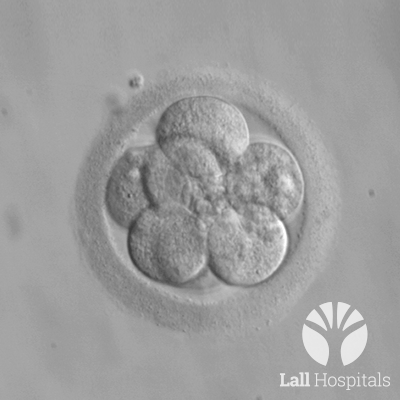
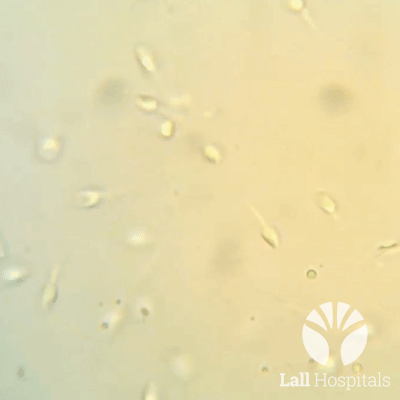
Male Infertility Treatment
Procedure – Surgical procedures like Percutaneous Epididymal Sperm Aspiration (PESA), Testicular Sperm Aspiration (TESA) and Micro-epididymal Sperm Aspiration (MESA) are used to retrieve sperms from the male testes or the epididymis. These retrieved sperms can then be used for treatments such as IVF or ICSI.
- TESA – Carried out under local anaesthesia, this procedure involves the extraction of the sperms from inside the testicle using a fine needle.
- PESA – Similarly, this procedure also involves the extraction of the sperms but from the epididymis that stores the sperm prior to an ejaculation and is carried out under local anaesthesia.
- MESA – Performed under general anaesthesia, MESA involves a surgery of the scrotum to retrieve the sperm.
Ideal for – These procedures are ideal for patients who have a low sperm count, erectile dysfunction, ejaculatory problems, varicocele, azoospermia, oligospermia or low sperm motility.




